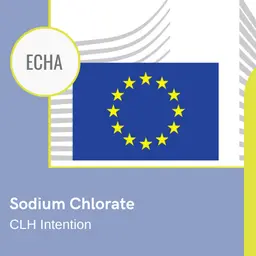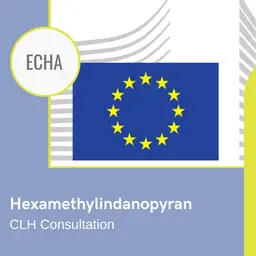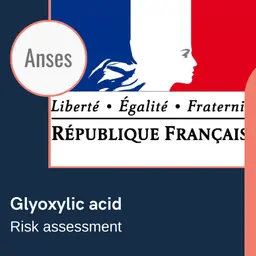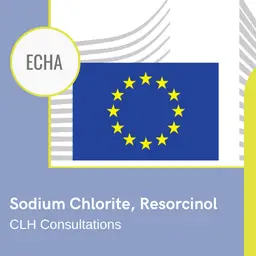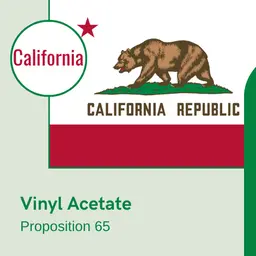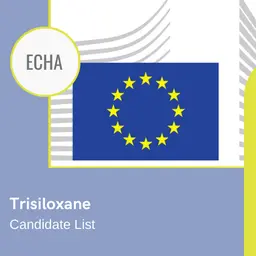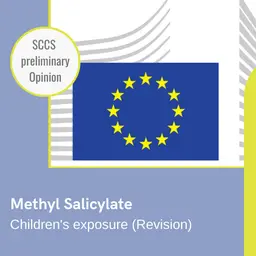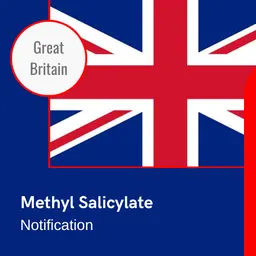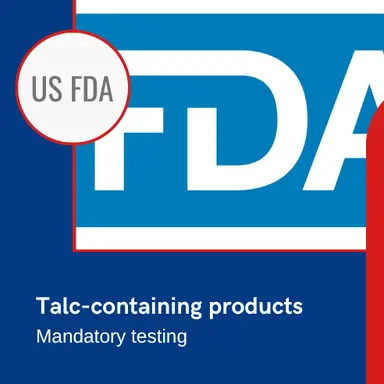
On 26 December 2024, the US FDA opened a consultation on a draft rule aimed at requiring talc-containing products to be tested for asbestos using standardised methods.
“For many years the FDA has been sampling and testing talc-containing cosmetics for asbestos as well as working with our federal partners on efforts to reduce consumers’ risk of exposure to asbestos, a known human carcinogen, from contaminated talc-containing cosmetic products,” said Linda Katz, Director of the FDA’s Office of Cosmetics and Colors. “We have carefully considered the scientific evidence and complex policy issues related to detecting and identifying asbestos in talc and talc-containing cosmetic products. We believe that the proposed testing techniques are appropriate methods to detect asbestos to help ensure the safety of talc-containing cosmetic products.”
The proposed rule would require manufacturers of talc-containing cosmetic products to test for asbestos using an analytical approach that includes both Polarized Light Microscopy (PLM) (with dispersion staining) and Transmission Electron Microscopy (TEM)/Energy Dispersive Spectroscopy (EDS)/Selected Area Electron Diffraction (SAED) to detect and identify the presence of asbestos.
Manufacturers may alternatively rely on a certificate of analysis from the talc supplier.
The proposed rule contains provisions that would require manufacturers to keep records to demonstrate compliance with the rule.
If the proposed rule is finalized, cosmetic products would be considered adulterated under the Federal Food, Drug, and Cosmetic Act (FD&C Act) if …

